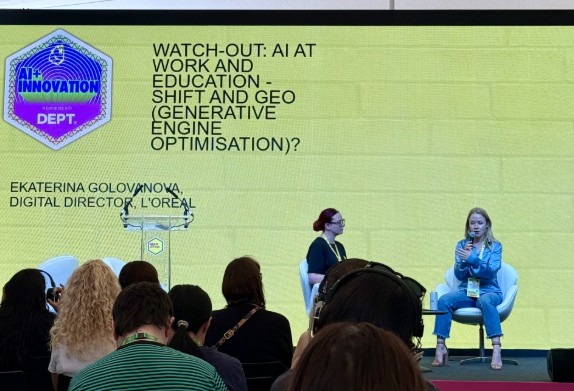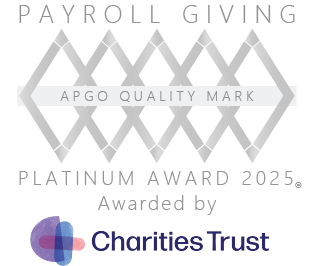Last week the industry descended on Shoreditch for three days of speakers, masterclasses and networking at MAD//Fest. A few of our team went down, with a few even managing to bag a spot in the packed-out sessions with Rory Sutherland! Here we share their main takeaways from the event.
Not one to mince her words, Havas London’s Vicky Maguire caught our head of investment, Jo Blake’s, ear when she encouraged the audience to, “get off your own arse and get into the real world.” She expanded on this saying, “Meet the people you are writing for. Do what they do. Watch terrestrial TV, listen to music, get the ad blockers off. See how annoying those adds are. We all need to get out of our London bubble, both media and creatives. Talk less and listen more, we need other voices otherwise we are dead in white man water.”
Considering how we can think differently, Jimmy Carr in conversation with Rory Sutherland at MAD//Fest discussed the commonplace between advertising, comedy, humour and creativity. Storytelling is a huge part of both comedy and advertising. Think about the sequence in stories: what point will be made differently if you tell it backwards? Where is the point that the storyteller can grab as a focus and push hard? Carr and Sutherland emphasises that it is always not the story itself though, that people remember – but it is the “feeling” of whatever you’re selling. Those jokes and twists in the story, they are there for emphasising the emotions.
